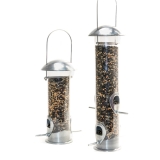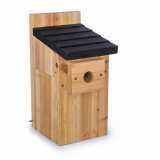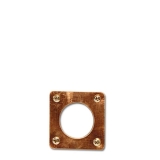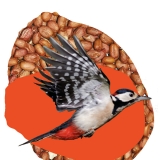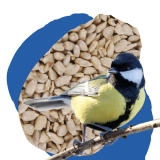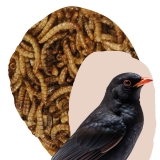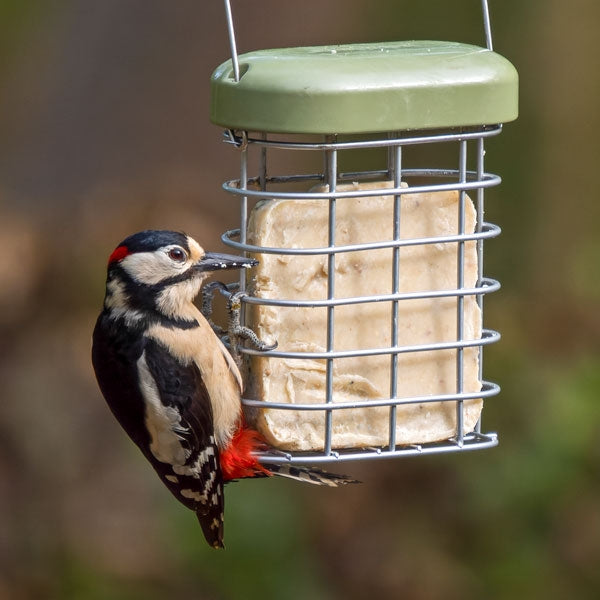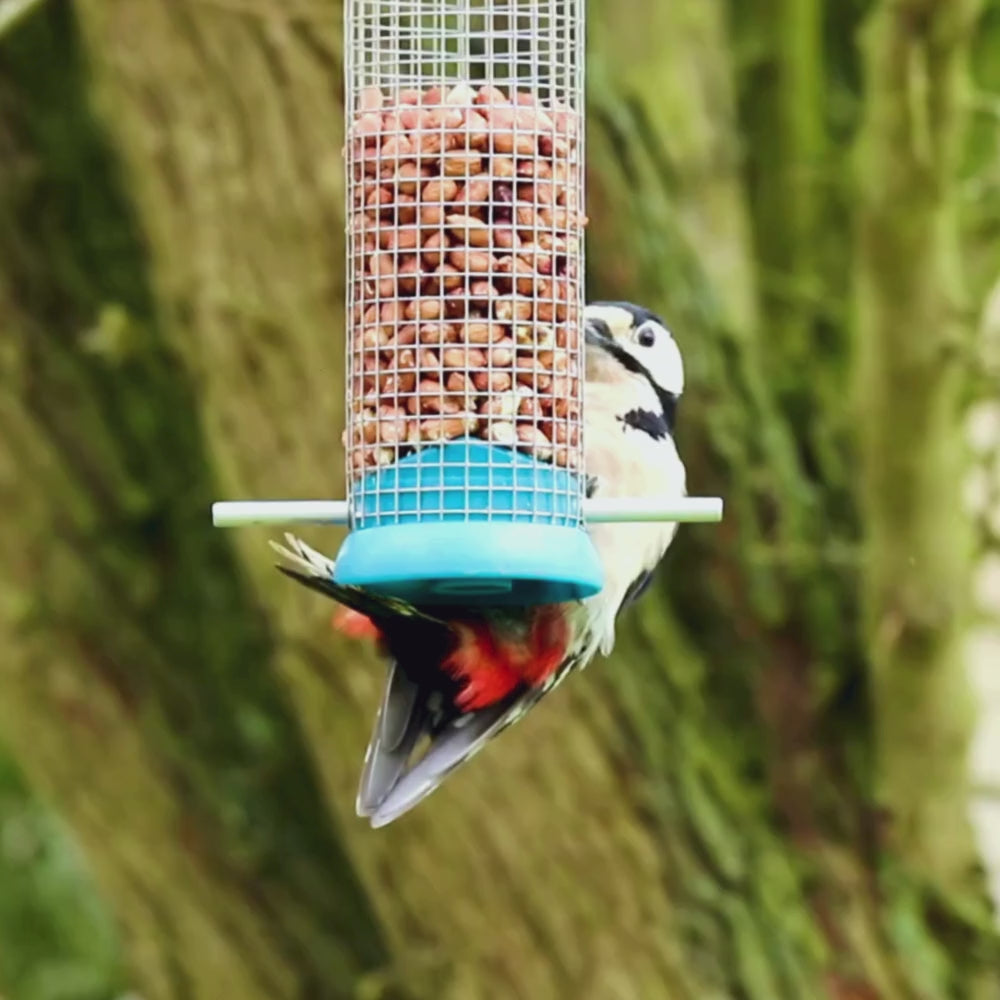Explore Our Garden Wildlife Blog
Browse or search by Category or Keyword below, alternatively click on any Tag to see related articles.
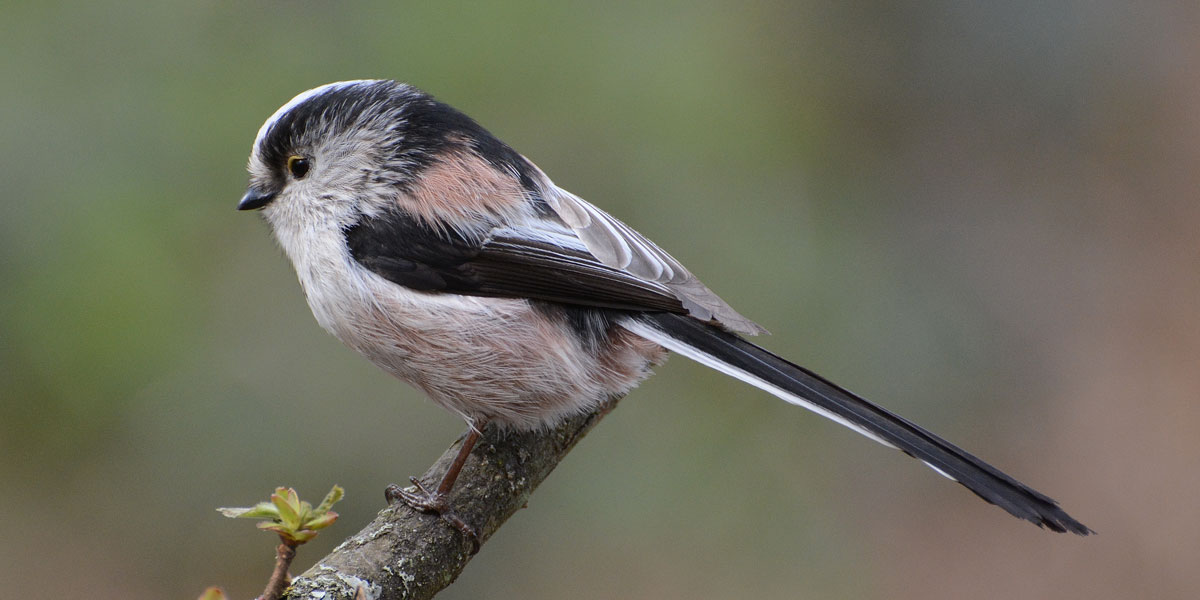

Long Tailed Tit, Habitat, Song & Food
By Ark Wildlife
18th January 2021
Last Updated: 6th January 2022
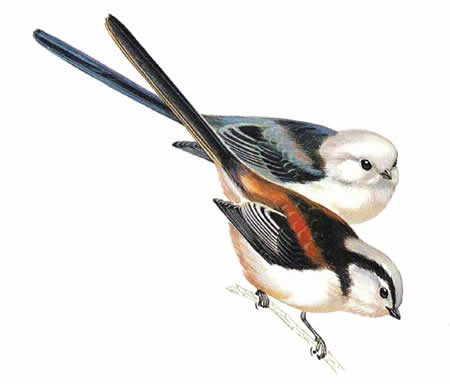
Identification
Length: 14cm.
The extremely long tail comprises over half the length of this species, and is a distinguishing feature. They have a white head, neck and under parts. Northern and Eastern forms have pure white heads, while the Western race has a black eye stripe and the Southern race a greyish eye stripe. The back is usually black but may sometimes be grey, the rump is pinkish and the under parts are white with pinkish flanks. The flight feathers are blackish-brown, the inner ones are edged with white. Young Long Tailed Tit’s have chocolate-brown sides of the head and nape, brown back and the remaining plumage is like that of the adults.
Their flight is slow, weak and undulating. In winter it forms flocks that fly in lines from one tree to the next.
Long tailed tit song
They emit a soft ‘tupp’ and a ‘tsirup’. Their song is a combination of the call notes, but is rarely heard.
Reproduction
Breeding starts from March onwards. The nest is a large domed structure with a side entrance. It is built by both sexes, made of moss bound with spiders’ webs and hair. The outside is coated with lichen. It takes the birds up to three weeks to build. They are usually situated in brambles or thick bushes about a metre to five metres off the ground. They may also build their nest in a tree up to twenty meters from the ground.
They usually lay eight to twelve eggs (sometimes five to sixteen). The female mainly incubates from twelve to fourteen days. Both parents tend the young, who remain in the nest for fourteen days.
Long tailed tit eggs – what do they look like?
Long tailed tits’ eggs are very small with a white and speckled appearance. Long tailed tits tend to lay between 8 and 12 eggs at a time although they may lay as many as 15.
Long Tailed Tit Nest and Habitat
Likes coniferous and deciduous woods and scrub. Less often seen in parks and gardens than other tits.
Natural Food
Mainly insects.
Where to Feed
Feeders – Ideally above 1m in height
Table – Covered
Ground – Not suitable






